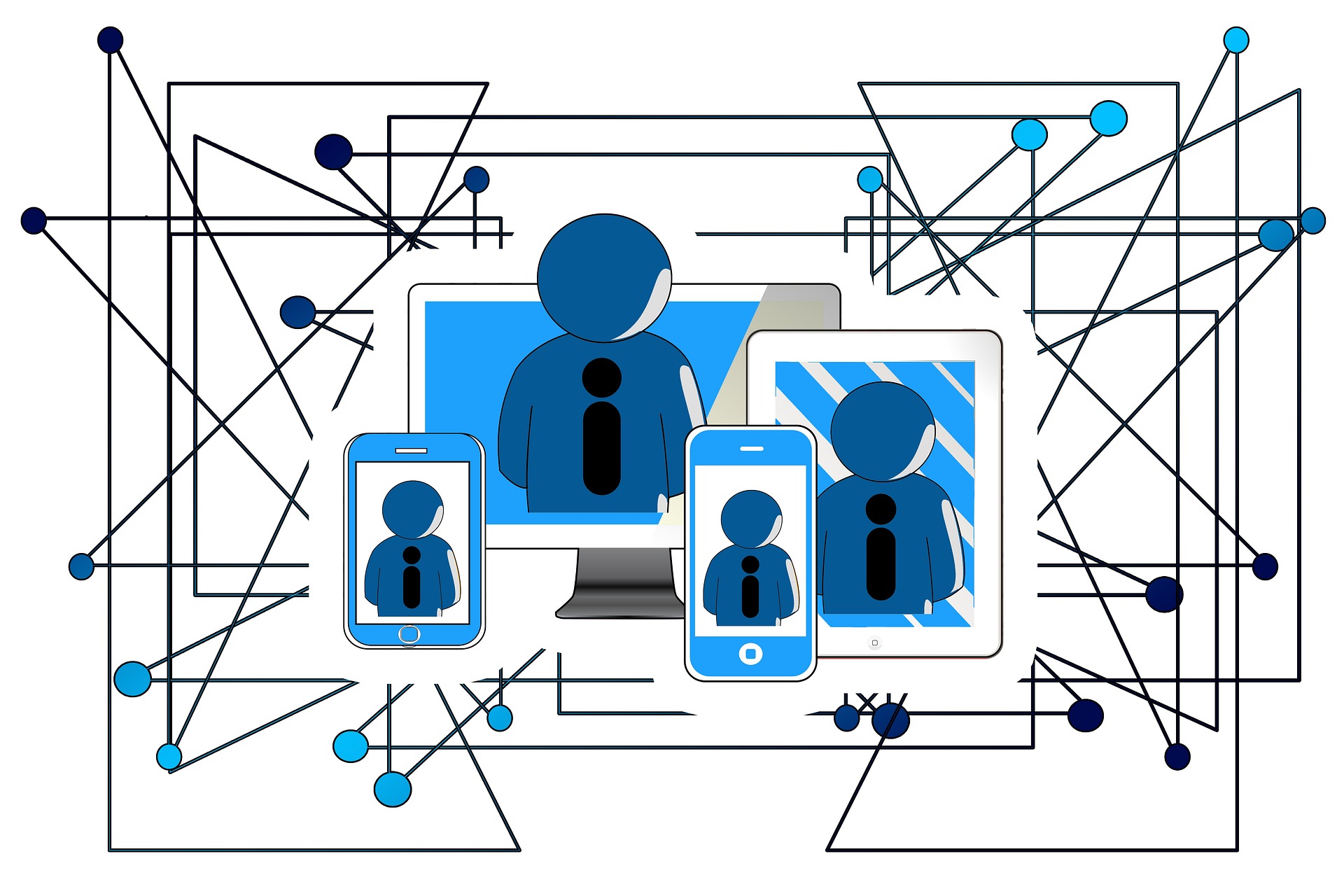Ambient Socialization: The Quiet Revolution in Digital Connectivity
The concept of ambient socialization is reshaping our understanding of human interaction in the digital age. This subtle yet profound shift in how we connect and communicate is transforming social landscapes, blurring the lines between online and offline presence. As we navigate this new terrain, questions arise about its impact on relationships, community, and personal well-being. Read below to explore the nuances of this emerging phenomenon and its implications for our social fabric.

This phenomenon has its roots in the early days of social media but has evolved significantly with the proliferation of smartphones and wearable technology. The always-on nature of these devices allows for a continuous stream of social information, creating a persistent sense of connection even when we’re not actively engaging with others.
The Mechanics of Ambient Connection
At the heart of ambient socialization are the digital breadcrumbs we leave behind as we navigate our online lives. These can include everything from the music we’re listening to on Spotify to the articles we’re reading on news apps. Social media platforms have become particularly adept at facilitating this type of passive sharing, with features like Instagram Stories and Facebook’s News Feed algorithms curating a constant stream of updates from our extended networks.
Importantly, ambient socialization doesn’t require active participation from either the sharer or the receiver. It’s a form of social osmosis, where information and emotions are absorbed almost subconsciously. This can create a sense of intimacy and connection with others, even in the absence of direct communication.
Psychological Impacts and Social Cohesion
The effects of ambient socialization on individual psychology and group dynamics are complex and multifaceted. On one hand, this constant connection can provide a sense of belonging and reduce feelings of isolation. Knowing that we’re part of a larger social ecosystem, even if we’re not actively engaging with it, can be comforting and grounding.
However, this ambient awareness can also lead to increased social comparison and FOMO (fear of missing out). The curated nature of most shared content means we’re often exposed to idealized versions of others’ lives, which can negatively impact self-esteem and life satisfaction. Additionally, the ease of maintaining superficial connections through ambient socialization may lead to a decrease in deeper, more meaningful relationships.
Redefining Privacy and Boundaries
As ambient socialization becomes more pervasive, it’s forcing us to reconsider traditional notions of privacy and personal boundaries. The line between public and private information is increasingly blurred, with many people comfortable sharing intimate details of their lives with a broad, often undefined audience.
This shift is not without controversy. Concerns about data privacy and the potential for misuse of personal information are at the forefront of many discussions about digital connectivity. As we navigate this new landscape, individuals and society as a whole must grapple with questions of how much information is too much to share, and who should have access to our digital footprints.
The Future of Human Connection
As we look to the future, it’s clear that ambient socialization will continue to play a significant role in shaping our social interactions. Emerging technologies like augmented reality and the Internet of Things are likely to further blur the lines between our physical and digital social worlds.
The challenge moving forward will be to harness the benefits of ambient socialization while mitigating its potential negative impacts. This may involve developing new social norms around digital sharing, creating technology that promotes more meaningful connections, and finding ways to balance our online and offline social lives.
In conclusion, ambient socialization represents a fundamental shift in how we relate to one another in the digital age. As this phenomenon continues to evolve, it will be crucial for individuals, technologists, and policymakers to work together to shape a future where digital connectivity enhances rather than diminishes the richness of human relationships.





